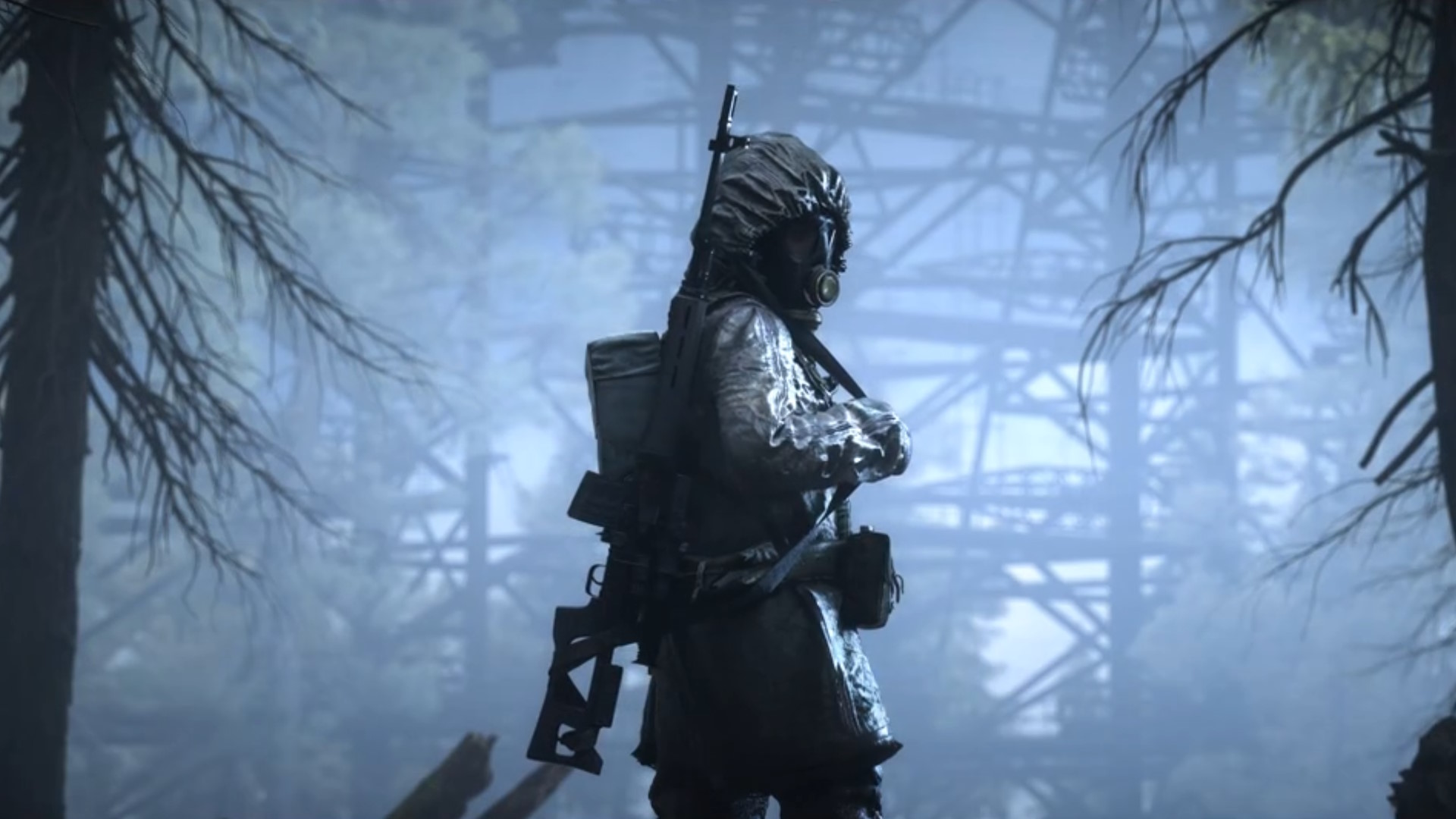
I am, unfortunately, a bit of a hypocrite when it comes to videogames—especially ones like Stalker. In my heart, I know that atmosphere has precious little to do with graphical fidelity, that a skilled artist can make a deeply immersive game with naught but a few pixels, some shillings, cardboard, and elbow grease.
But there’s a reason I’ve never properly sunk my teeth into Stalker: Shadow of Chernobyl despite all the praise it’s gotten—and I have to admit it has quite a lot to do with presentation. The game never looked bad for its time, and its immersive atmosphere is rightfully lauded—but its visuals have had a short half life. It was developed in the X-Ray engine, but it gives me a source-engine smell that’s impossible to disconnect from my misspent youth in Garry’s Mod.
This is a personal failing. However, after sitting down and playing a hands-on demo of the game at Gamescom, I’m happy to report that developer GSC Game World has excelled in the areas it was already…
